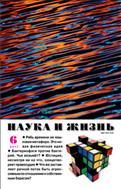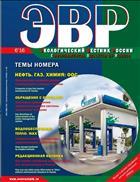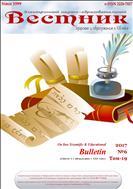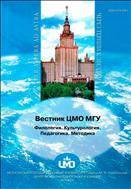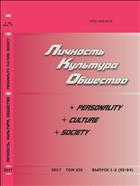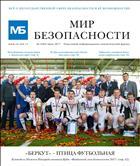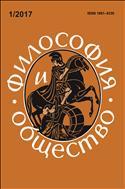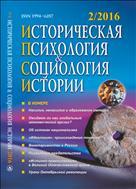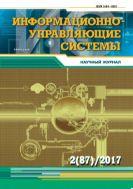Method for Transferring Non-Forest Cover to Forest Cover Land Using Landsat Imageries = Метод отнесения земель к землям, занятым лесной растительностью, по аэрокосмическим снимкам landsatMethod for Transferring Non-Forest Cover to Forest Cover Land Using Landsat Imageries = Метод отнесения земель к землям, занятым лесной растительностью, по аэрокосмическим снимкам landsat 
Satellite data becomes an important tool for monitoring global change in forest cover. Further development of remote sensing technologies creates opportunities for solving more complex problems requiring multi-time analysis of satellite data. Assessment of success reforestation after a disturbance in forest cover is such an important task. The traditional method of an assessment of successful reforestation is laying out the ground plots, which task requires significant time and resources. Fieldworks and transfer of land to forest cover land is carried out according to the method, which is developed by the Federal Agency for Forestry of Russia. This method has various criteria of success reforestation for every region. Arkhangelsk region, Vologda region and Republic of Karelia became the territories for research. Forest vegetation of this region belongs to the taiga zone and is divided into five groups: the area of pre-tundra forests and sparse taiga, northern taiga, middle taiga and south taiga. International forest classification relates this area to boreal forest. The task of transfer land to forest cover land can be optimized by using remote sensing data. This research shows analysis of recovery of the normalized difference vegetation index, the shortwave vegetation index and the normalized burn ratio in the framework of reforestation objects. Filed data was collected for every object and this data includes a number of young trees, average height and species composition. Processing of a considerable number of satellite imageries requires significant computing power because of the Google Earth Engine platform using for analysis data. The most suitable index was chosen in the analysis of the obtained data for the development of an automatic method for transfer land to forest cover land. The most suitable index for dividing lands on forest cover and nonforest cover lands is the shortwave vegetation index. Optimal threshold for transferring land is achievement of recovery index of 80 % from initial values before disturbance. The automatic method was developed using unsupervised classification and threshold values of recovery index. For citation: Karpov A., Waske B. Method for Transferring Non-Forest Cover to Forest Cover Land Using Landsat Imageries. Lesnoy Zhurnal [Russian Forestry Journal], 2020, no. 3, pp. 83–92. DOI: 10.37482/0536-1036-2020-3-83-92 Funding: This research was undertaken as part of the project “Forest Monitoring in the Arkhangelsk Region, Using Multisensory Remote Sensing Data” funded by the Russian Ministry of Education and Science and the German Academic Exchange Service in the framework of the Michail |










